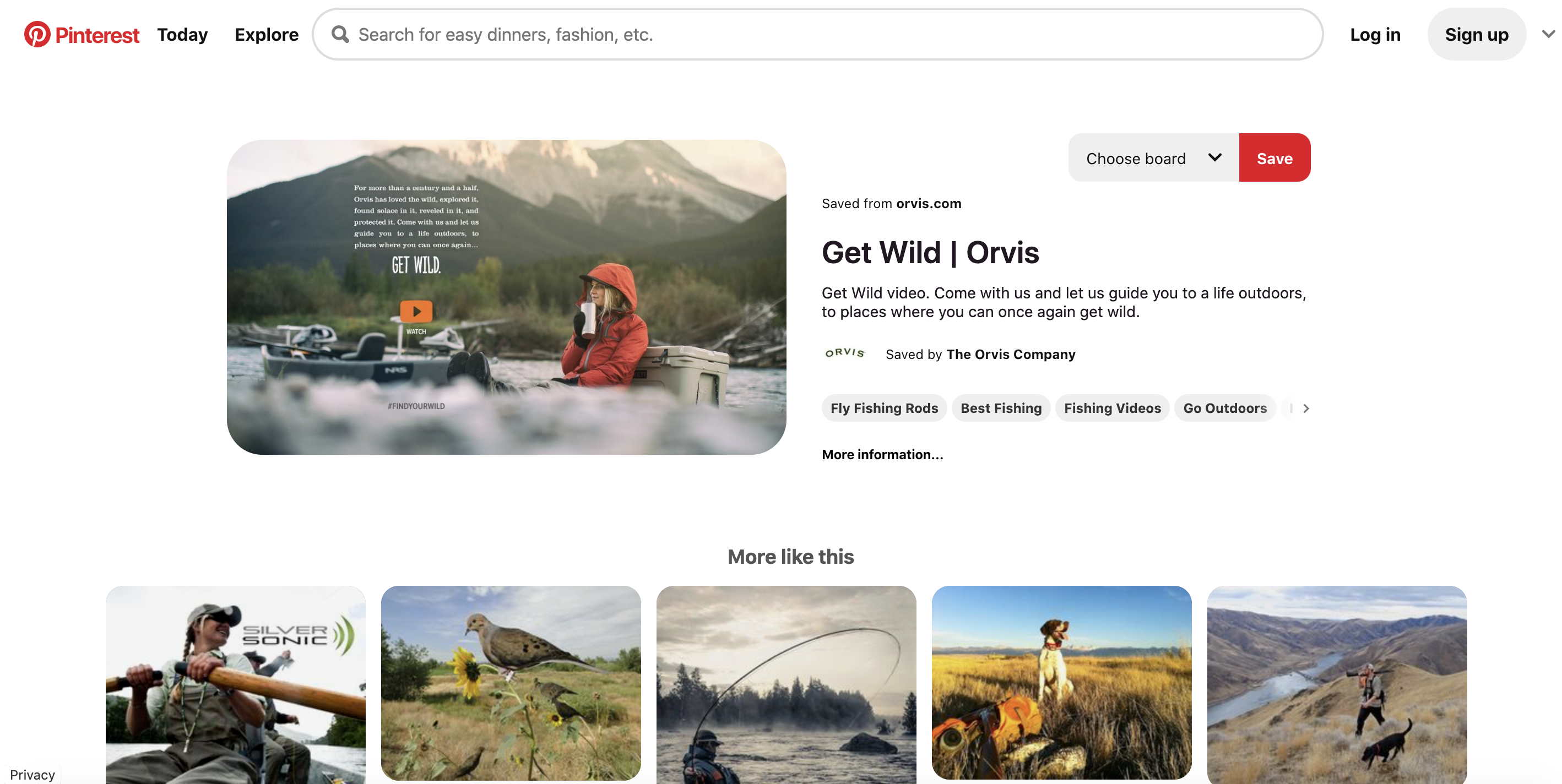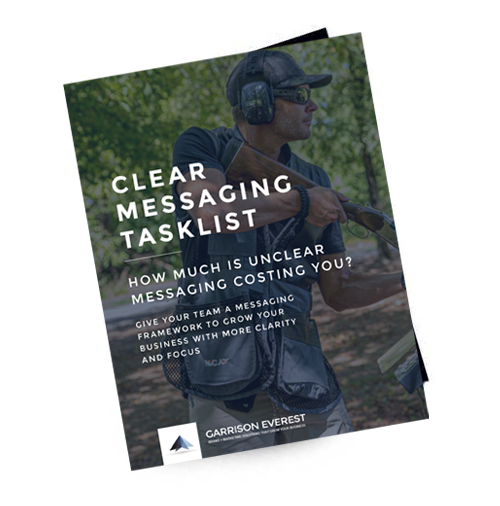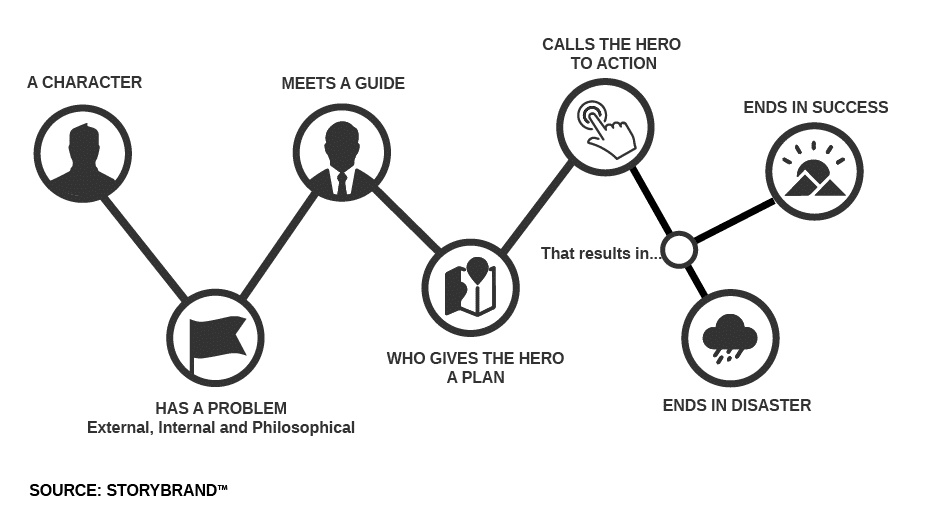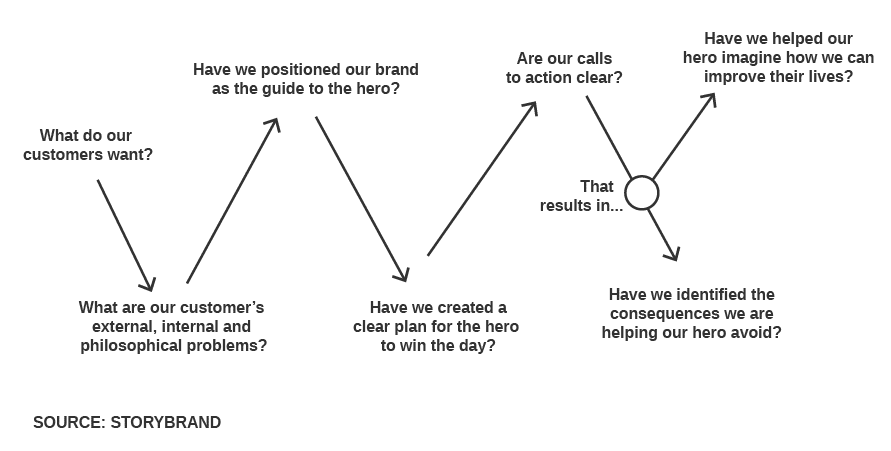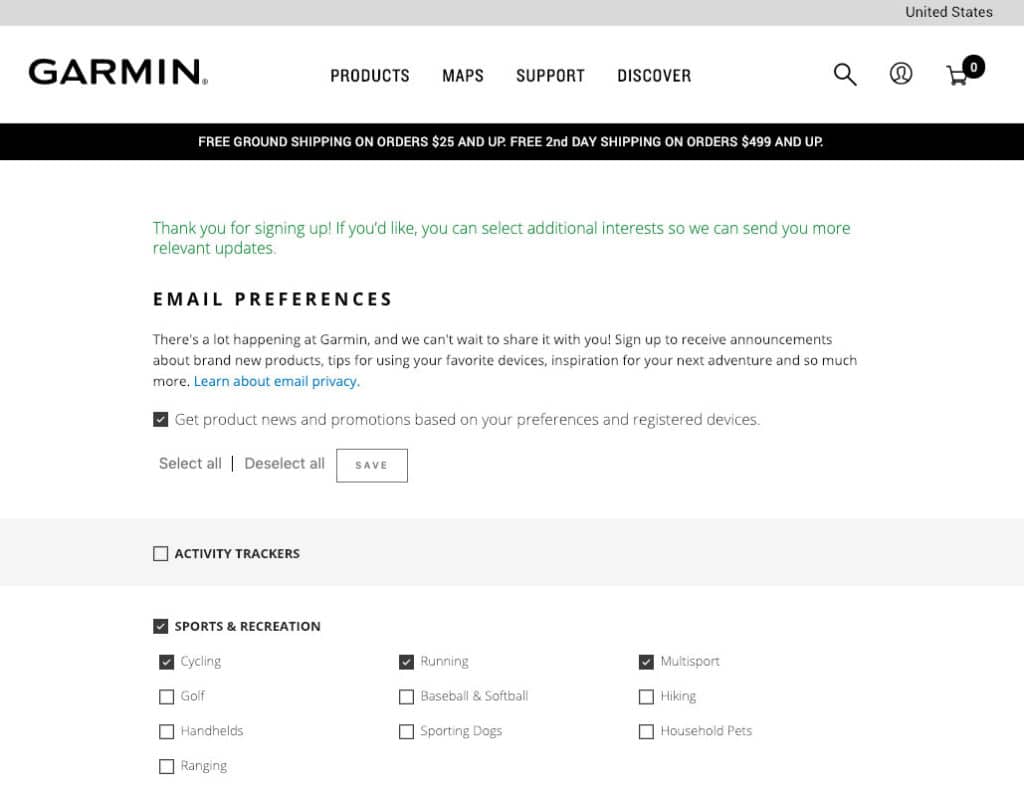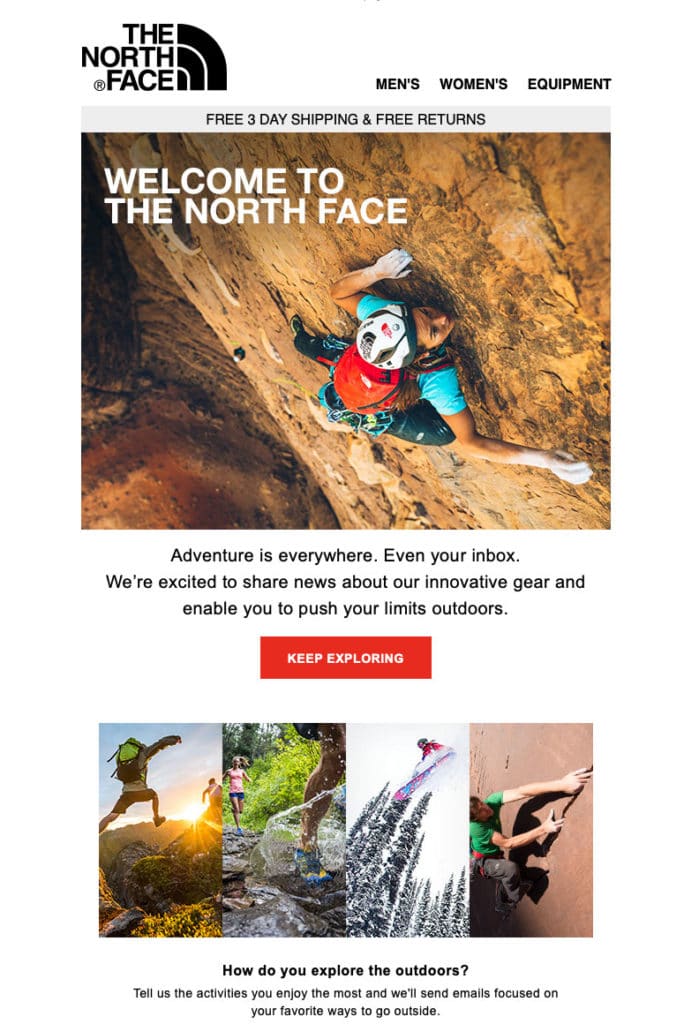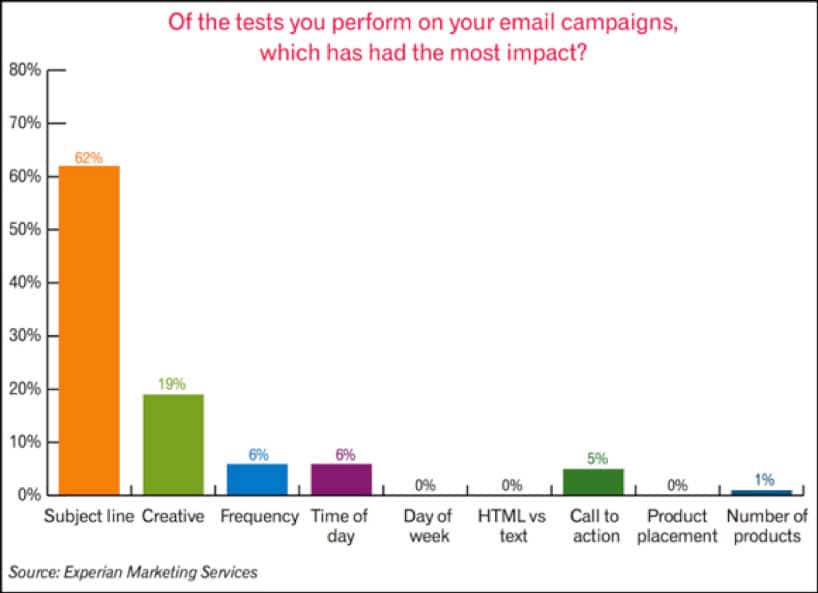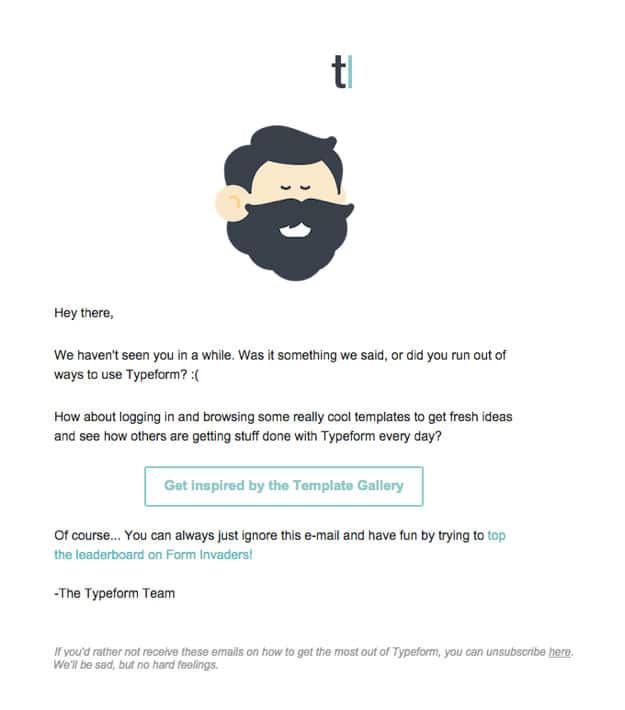
Outdoor brands are constantly looking for ways to promote their products in the competitive marketplace. Smartphones and social media platforms continually bombard us daily with messages that some estimate to be in the thousands.
“Back in the ‘70s, the average consumer in the U.S. saw around 500 ads per day. That number has since increased by a factor of 10 to upward of 5,000 ads per day,” says Ryan Holmes, Co-founder of Hootsuite.
So how can you gain an advantage to help your outdoor industry marketing and brand get attention? In this article, we look at how Pinterest (an often-overlooked) social media platform – can help your outdoor social media marketing strategy attract more customers and potentially add additional revenue to your bottom line.
Other Social Media Platforms
Before we get into the advantages of Pinterest, let’s look at the current “Big Tech” platforms. Each social media platform has specific benefits that outdoor brands can utilize. Twitter, Instagram, and Facebook each provide unique ways to promote your product.
Facebook allows users to post pictures, videos, and messages.
- Users: 1.79 Billion Daily active users worldwide
- Audience: Generation X and millennials
- Industry impact: B2C
- Best for: Brand Awareness; advertising
Twitter allows users to post a short message up to 280 characters per post on their account. This allows companies to give quick announcements in a large platform.
- Users: 186. million daily active users worldwide
- Audience: Primarily millenials
- Industry impact: B2B and B2C
- Best For: Public Relations; customer service
Instagram allows users to post a picture with captions. In addition, Instagram also allows users to post a picture on their instagram story that lasts up to 24 hours. This allows users to visually show their followers their products and also make announcements.
- Users: 1 billion monthly active users
- Audience: Primarily millennials
- Industry impact: B2C
- Best For: Natural-looking media, behind the scenes, and user generated content; advertising
Like the three major social media platforms, Pinterest also has some unique ways to help outdoor marketers and business owners reach new customers. Let’s look at three reasons why Pinterest may be the social media platform your outdoor brand is looking for.
1. Pinterest Posts Have a Longer Lifespan
Social media marketing is a must-do for outdoor brands to promote their product to customers. But, with social media there can be an overwhelming amount of posts a business’ target audience may never see.
“Unlike posts on other social media sites, Pinterest pins are basically immortal. They could show up in a users feed weeks or even months after you originally post them if they’re relevant to a user’s search. According to WebpageFX, the half-life of a pin is around 3.5 months.” (Source: Epipheo)
Pinterest will allow your outdoor brand’s social media posts to have a longer lifespan than any other social media platform. Instead of spending your time and energy on a post which may only have a lifespan of a couple hours or even a couple minutes—a post on Pinterest will last for months. The longer time that your post is on social media the more likely your target audience will see your post. 66% of Pinterest users make a purchase after seeing a brand’s Pins. (Source: Hubspot). This allows your post to be seen by more people which could increase the amount of exposure and sales your business gets.
2. Pinterest has a High Amount of Traffic
Although many may not realize, Pinterest is one of most visited sites on the web. For a growing outdoor brand—this is a great opportunity to utilize Pinterest’s traffic to promote your product to your targeted customers.
“More than 200 billion pins have been saved on Pinterest. And 90% of weekly Pinners make purchase decisions on Pinterest” (Source: Hubspot).
Seeing that Pinterest has a high amount of traffic on the web, Pinterest may bring more awareness to consumers about your business product and what your outdoor business has to offer.
“One of the social media platforms that I think is the most overlooked, and one of the highest trafficked is Pinterest. (Chad Rogers, Co-Founder and CRO, Lemonlight).
3. Pinterest is a Great Way to Visually Represent Your Products
According to HubSpot, 90% of users say that Pinterest helps them decide what to purchase. Which makes Pinterest a great way to explain and sell your products to potential customers. Pinterest gives outdoor brands a great way to explain how their product will benefit customers’ lives.
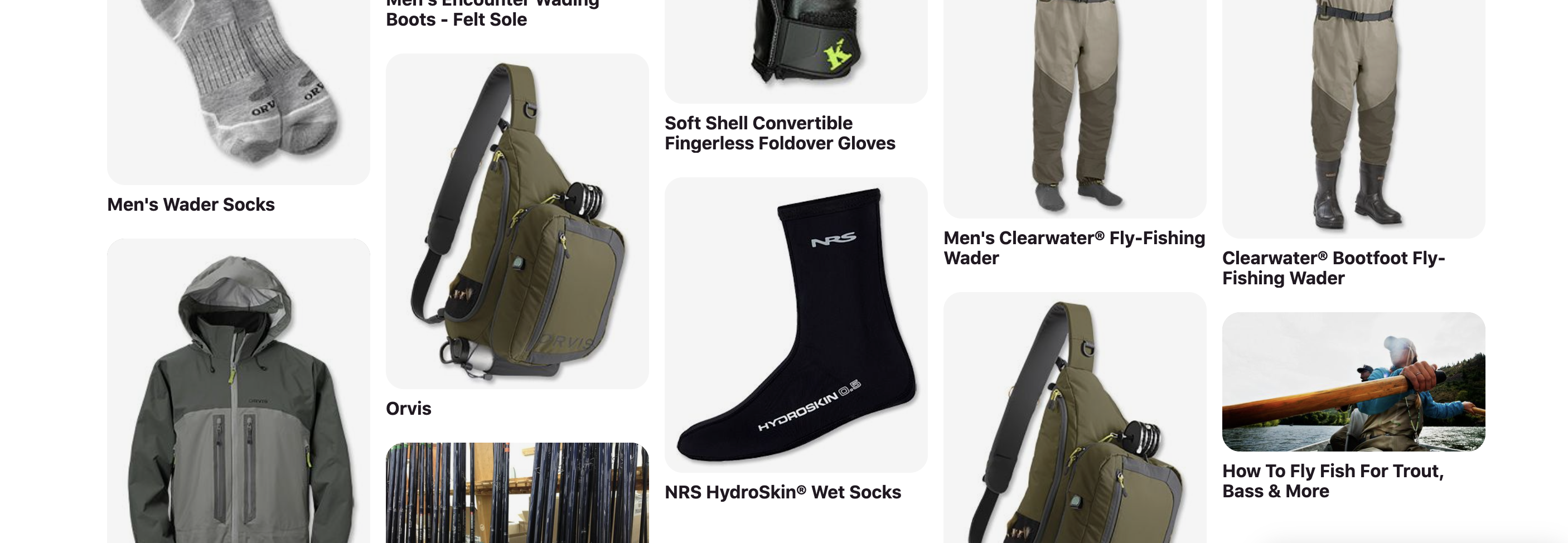
“Pins that show a product or service in action are 67% more likely to drive sales” (Source: Pinterest Business).
Furthermore, it is easier for a business to show the benefits their product can provide to a customer rather than trying to explain with no visual representation. Imagine being a fly fishing company trying to explain how to fly fish with no visual representation. No matter how well you explain fly fishing, trying to explain the concept with no visual representation can be very challenging to fully grasp. In comparison, if you had a visual representation of a fly rod in your hand on the river explaining to someone what to do would be much more beneficial for someone to learn. This can be true for any product or service your outdoor business has to offer.
“85% of Pinners search for and prefer visual content.” (Source: Hootsuite)
Pinterest may not have been a part of your business’s social media plan. However, Pinterest could be the spark your social media strategy needs to drive more awareness, interest, and sales. Pinterest is one of the top-visited websites on the web. And because Pinterest’s posts last longer and its format is visual, it provides your outdoor brand a unique way to tell your story.



